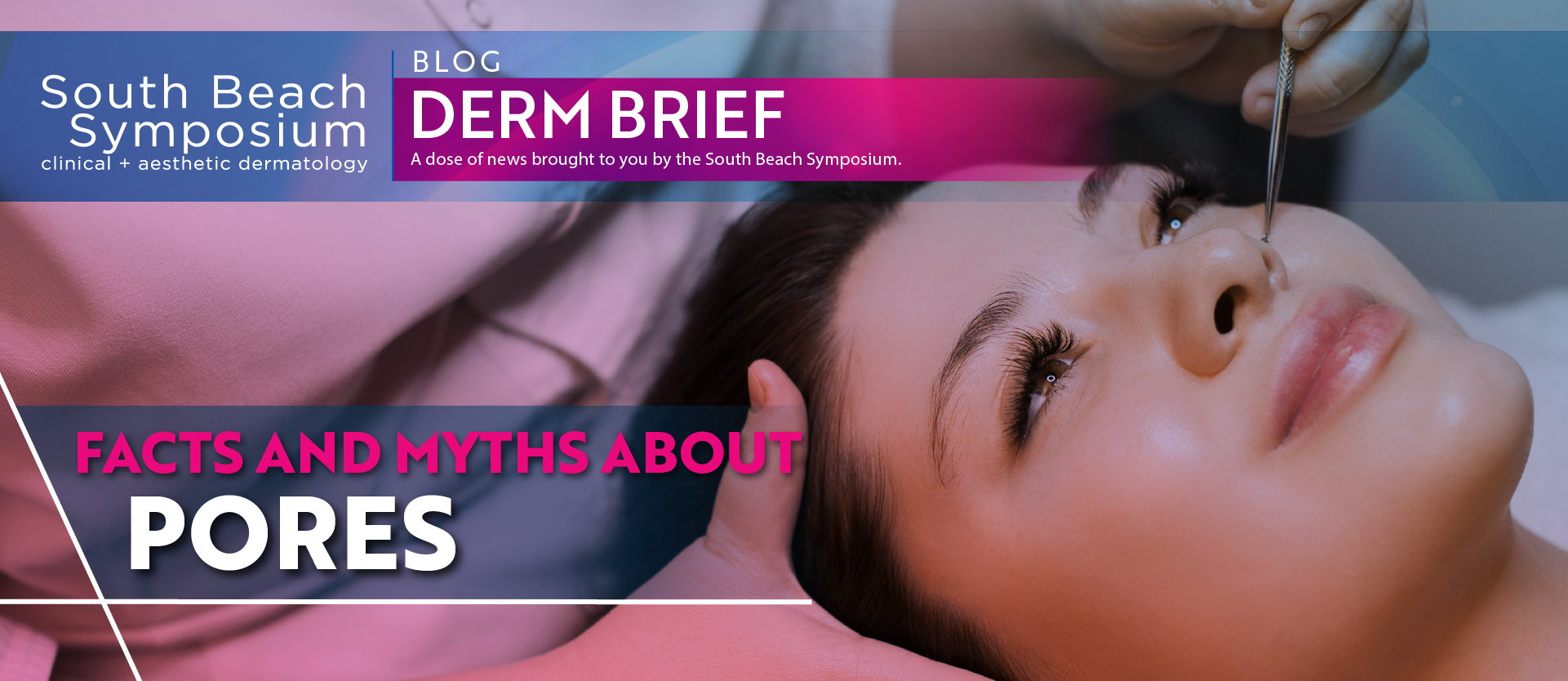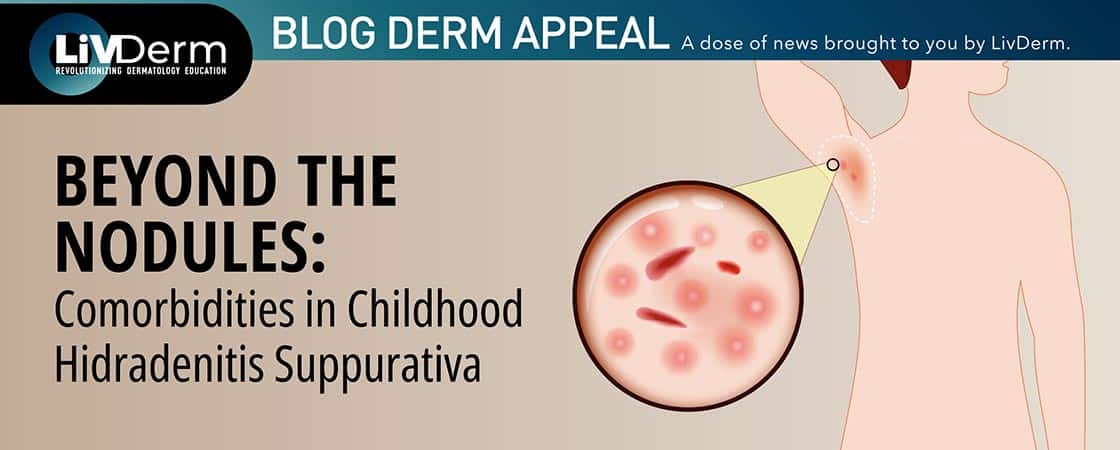The market is saturated with skin care products that promise the reduction of pore size and appearance, boasting claims about their ability to deep clean and minimize pores. Although not a medical concern, visible and large pores are a significant aesthetic consideration among a sizable and wide-ranging cohort of patients. While enlarged skin pores and their topographic changes of the skin’s surface may be more or less noticeable depending on skin type, the issue affects a majority of the population. While it may not be possible to remove enlarged pores, understanding potential causes and the facts behind common myths about pores is essential to tailoring efficacious treatment plans for those wishing to reduce their appearance.
What Causes Enlarged Pores?
According to a 2016 study published in Dermatologic Surgery, there are 3 clinical causes of enlarged facial pores. Excessive sebum secretion, decreased elasticity around pores, and increased hair follicle volume were all found to affect pore size, alongside hormones, genetics, skin care regimen, and chronic acne. Another consideration is an individual’s skin type; oily skin types often tend to be associated with the appearance of large, open pores and increased sebum secretion, however, the condition affects all skin types.
Due to the variety of potential triggers, identifying the underlying causes of enlarged pores and educating patients about the truth behind the following commonly believed myths may be useful in optimizing treatment results.
Common Myths About Pores
Pores Are Able to Open and Close
Applying heat through steaming, physical activity, and a variety of skin care products have been said to open pores. However, pores do not open and close – they can only dilate. When the pore opening becomes clogged and the oil produced cannot be disposed of, the resulting buildup leads to pore dilation. Steaming the face or other methods of heating the skin will not cause pores to open, instead, they can cause excess buildup to loosen and rise to the surface allowing for easier removal. Caution should be advised to prevent applying excess heat, which can exacerbate or trigger other skin-related issues.
Clogged Pores Reflect a Dirty Face
Clogged pores are often associated with dirt and the appearance of blackheads on the surface of the skin is thought to result from environmental debris congestion. In reality, external materials do not obstruct pores. Instead, blackheads, or open comedones, indicate a blockage of the pore opening. This debris is most often comprised of dead skin cells and sebum underneath the skin and varies with hormone levels, genetics, and skin type.
Dry Skin Mitigates Blackheads or Large Pores
Oily and combination skin types are most often associated with enlarged pores however, individuals with dry skin can have noticeable pores, too. Genetics, hormones, sun damage, and aging can determine pore size and make them appear larger regardless of skin type.
Makeup Clogs Pores
Makeup, especially its frequent application, has been linked to clogged pores despite the fact that it does not seep into hair follicles or obstruct pore openings. Not all beauty products cause comedones to form although, certain ingredients found in cosmetics have the potential to irritate the skin and promote comedone formation. Avoiding oils and compounds found in comedogenic makeup and using non-comedogenic products can help prevent breakouts and decrease the appearance of enlarged pores.
Sunlight Can Clear Pores
Another popular myth claims that sun exposure can dry excess sebum and cause pores to shrink. In reality, prolonged sun exposure can actually cause pore size to increase as UV rays damage collagen which strengthens and supports skin structure. As collagen levels decrease, pores can appear wider on the surface. To avoid these adverse effects, the skin should be protected with non-comedogenic sunscreen and sun exposure should be limited to prevent permanent damage.
Frequent Washing Prevents Pore Blockage
Washing the face several times a day is thought to prevent clogged pores, however, the tendency to develop comedones is not actually impacted by washing frequency. While washing helps remove excess oil and dead skin cells – which can contribute to breakouts – over-washing can irritate the skin’s surface, causing redness and excessive dryness.
Nose Strips, Face Masks, and Other Cosmetic Products Can Shrink Pores
Although a variety of products are marketed as having the ability to shrink pores, the genetically predetermined size of hair follicles cannot be changed by an at-home product. While nose strips and face masks can remove trapped oil and debris making pores appear less visible, these changes are strictly temporary. Certain laser treatments offer a more permanent solution to enlarged pores. Non-ablative lasers such as Medlite, Genesis, and Fraxel, can help promote collagen production and diminish the appearance of pores.
Educating patients who hope to reduce the appearance of their pores about these common myths is essential to preventing self-inflicted damage and optimizing clinical results. Meanwhile, therapeutic modalities should be determined on an individually tailored basis to ensure all potential causes are identified and addressed.

















